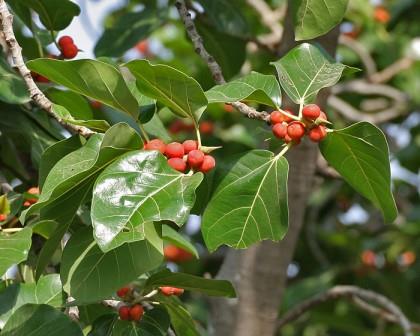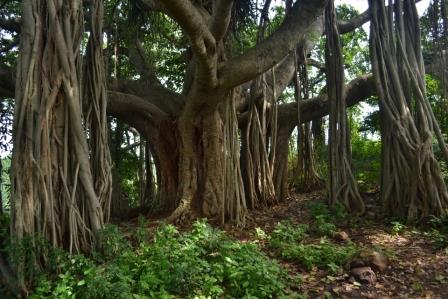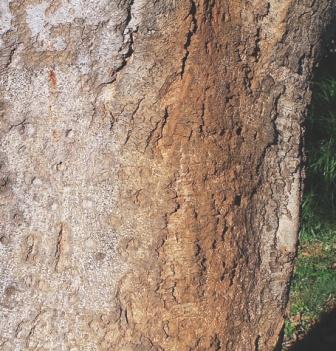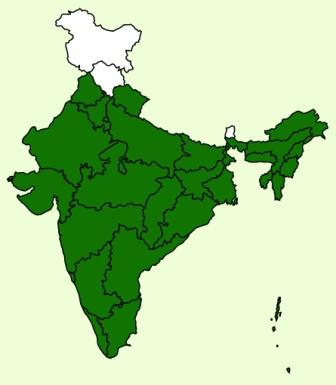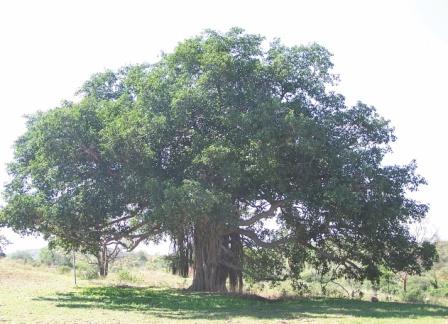Natural Regeneration :
- Naturally regenerates by seeds and root suckers.
Artificial Regeneration :
- Propagated by seeds and vegetative cuttings.
Seed collection and Storage :
- Fruits are collected and depulped and squeezed in water.
- The floating seeds are collected and dried on blotting paper in shade.
- The dried seeds are stored in a clean polybag.
Seed Treatment :
- Cold water treatment for 24 hours.
Nursery Technique :
- Seeds are broad casted in the mother bed mixed with sand and red earth.
- watering is done as on when required
- germination starts in about 2 weeks.
- Tow leaf stage individual seedlings could be pricked out into a polybag Shade was provided for at least 1 weak after each transplanting. Seedlings were susceptible to over-watering until the final transplant.
Plantation technique :
- Planting out is carried out during July in 30 cm3 pits,
- Under dry conditions, pit size of 60 cm3 with an interval 5 to 10 m Planting should be carried out after the commencement of monsoon.
Care & Disease Control :
- Regular weeding and soil working should be taken care.
Irrigation :
For proper growth and survival it is necessary to give one or two waterings after planting. This is specifically required in arid regions. Irrigation after planting is not a prerequisite in areas having sufficient soil moisture and precipitation. Higher survival rate and better rate of growth is reported when soil and water conservation measures are also adopted.
Recommended Harvest :
Rotation:15 years
Yield :
Rotation:15 years
Major uses :
Fodder:
- Its leaves are lopped as fodder for elephants, camels, goats and cattle; having about 10-14% crude protein.
- Silage prepared from the tree is palatable and digestible.
Timber:
- It is moderately durable under cover and quite durable under water.
- It is little used but is occasionally converted into packing cases, cheap boarding, yokes, spoons and bowls.
Other uses :
Tannin or dyestuff:
Its bark is used in tanning.
Carbon stock :
0.799 tC/tree


